Confused about Google's new Find My Device network? Here are 7 things you need to know
It's like Apple AirTags but for Android
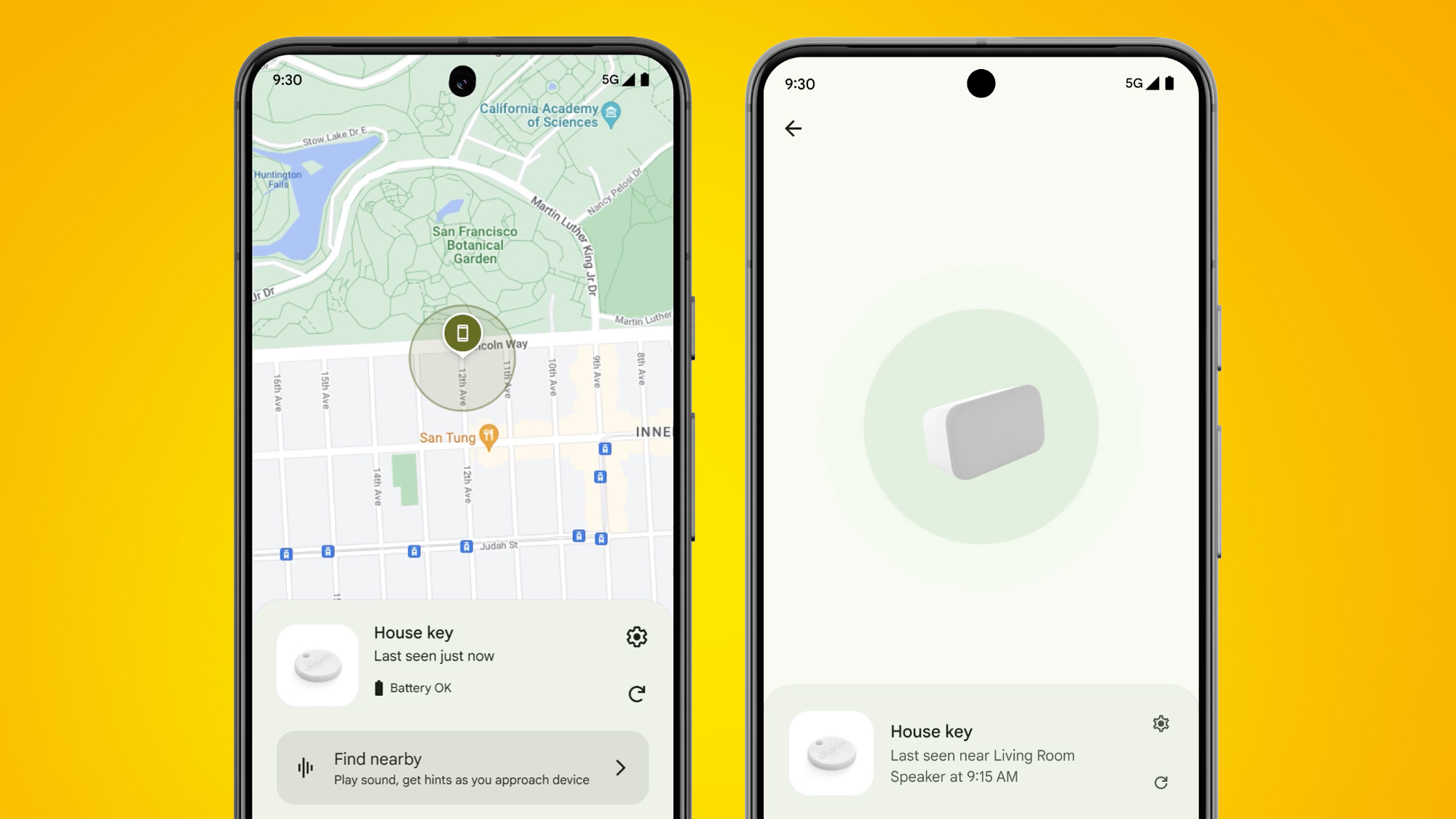
It took a while, but Google has released the long-awaited upgrade to its Find My Device network. This may come as a surprise. The update was originally announced back in May 2023, but was soon delayed with apparent launch date. Then, out of nowhere, Google decided to release the software on April 8 without major fanfare. As a result, you may feel lost, but we can help you find your way.
Here's a list of the seven most important things you need to know about the Find My Device update. We cover what’s new in the update as well as the devices that are compatible with the network, because not everything works and there’s still work to be done.
1. It’s a big upgrade for Google’s old Find My Device network
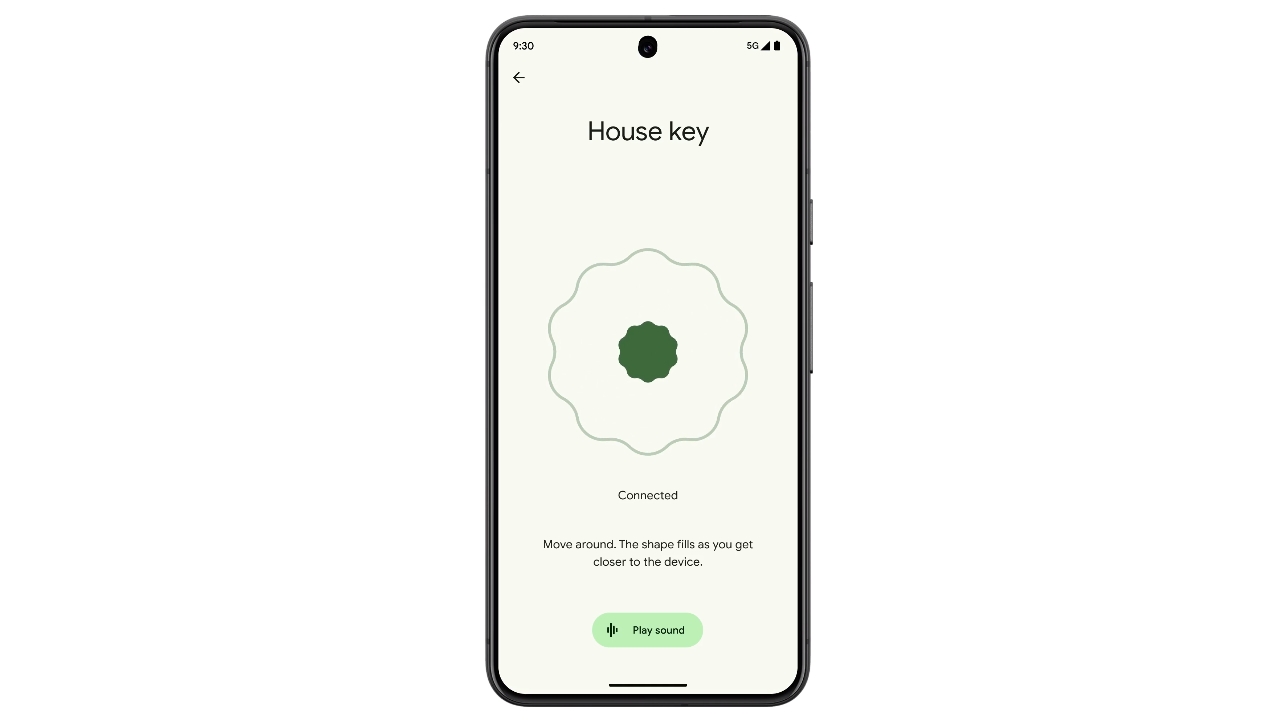
The previous network was very limited in what it could do. It was only able to detect the odd Android smartphone or Wear OS smartwatch. However, that limitation is now gone as Find My Device can sniff other devices; most notably Bluetooth location trackers.
Gadgets also don’t need to be connected to the internet or have location services turned on, since the software can detect them so long as they’re within Bluetooth range. However, Find My Device won’t tell you exactly where the devices are. You’ll instead be given an approximate location on your on-screen map. You'll ultimately have to do the legwork yourself.
Find My Device functions similarly to Apple’s Find My network, so “location data is end-to-end encrypted,” meaning no one, not even Google, can take a peek.
2. Google was waiting for Apple to add support to iPhones
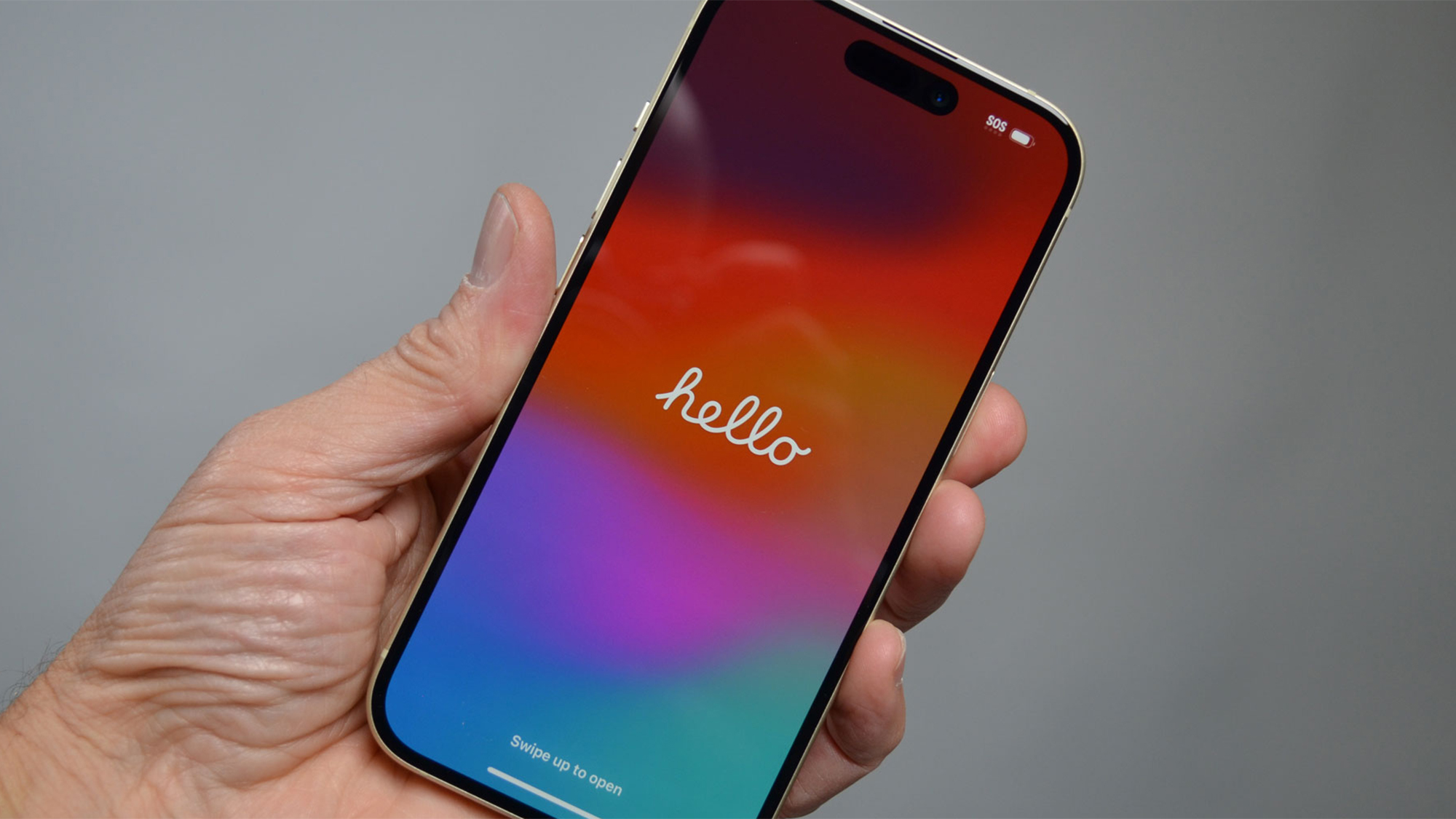
The update was supposed to launch in July 2023, but it had to be delayed because of Apple. Google was worried about unwanted location trackers, and wanted Apple to introduce “similar protections for iOS.” Unfortunately, the iPhone manufacturer decided to drag its feet when it came to adding unknown tracker alerts to its own iPhone devices.
The wait may soon be over as the iOS 17.5 beta contains lines of code suggesting that the iPhone will soon get these anti-stalking measures. Soon, iOS devices might encourage users to disable unwanted Bluetooth trackers uncertified for Apple’s Find My network. It’s unknown when this feature will roll out as the features in the Beta don’t actually do anything when enabled.
Sign up for breaking news, reviews, opinion, top tech deals, and more.
Given the presence of unwanted location tracker software within iOS 17.5, Apple's release may be imminent. Apple may have given Google the green light to roll out the Find My Device upgrade ahead of time to prepare for their own software launch.
3. It will roll out globally
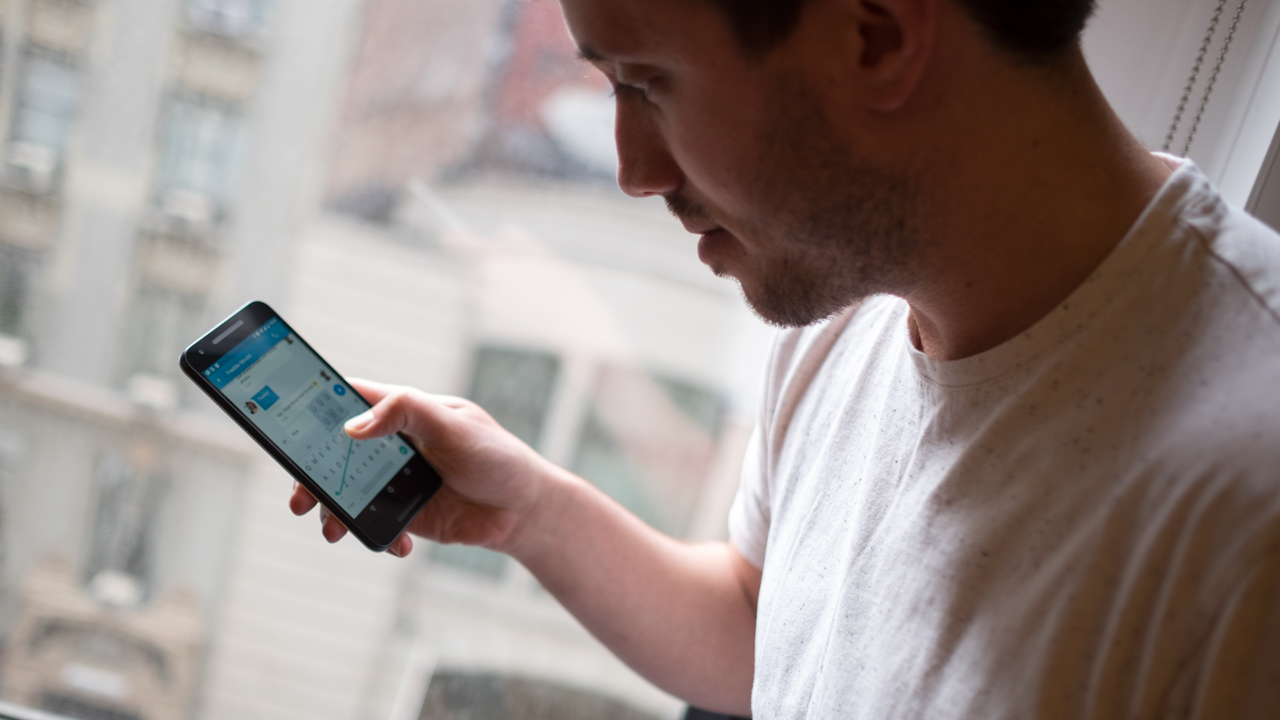
Google states the new Find My Device will roll out to all Android devices around the world, starting in the US and Canada. A company representative told us other countries will receive the same update within the coming months, although they couldn’t give us an exact date.
Android devices do need to meet a couple of requirements to support the network. Luckily, they’re not super strict. All you need is a smartphone running Android 9 with Bluetooth capabilities.
If you own either a Pixel 8 or Pixel 8 Pro, you’ll be given an exclusive feature: the ability to find a phone through the network even if the phone is powered down. Google reps said these models have special hardware that allows them to pour power into their Bluetooth chip when they're off. Google is working with other manufacturers in bringing this feature to other premium Android devices.
4. You’ll receive unwanted tracker alerts

Apple AirTags are meant to be attached to frequently lost items like house keys or luggage so you can find them easily. Unfortunatley, several bad eggs have utilized them as an inexpensive way to stalk targets. Google would eventually update Android by giving users a way to detect unwanted AirTags.
For nearly a year, the OS could only seek out AirTags, but now with the upgrade, Android phones can locate Bluetooth trackers from other third-party brands such as Tile, Chipolo, and Pebblebee. It is, by far, the most single important feature in the update as it'll ensure your privacy and safety.
You won’t be able to find out who placed a tracker on you. According to a post on the company’s Security blog, only the owner can view that information.
5. Chipolo and Pebblebee are launching new trackers for it soon
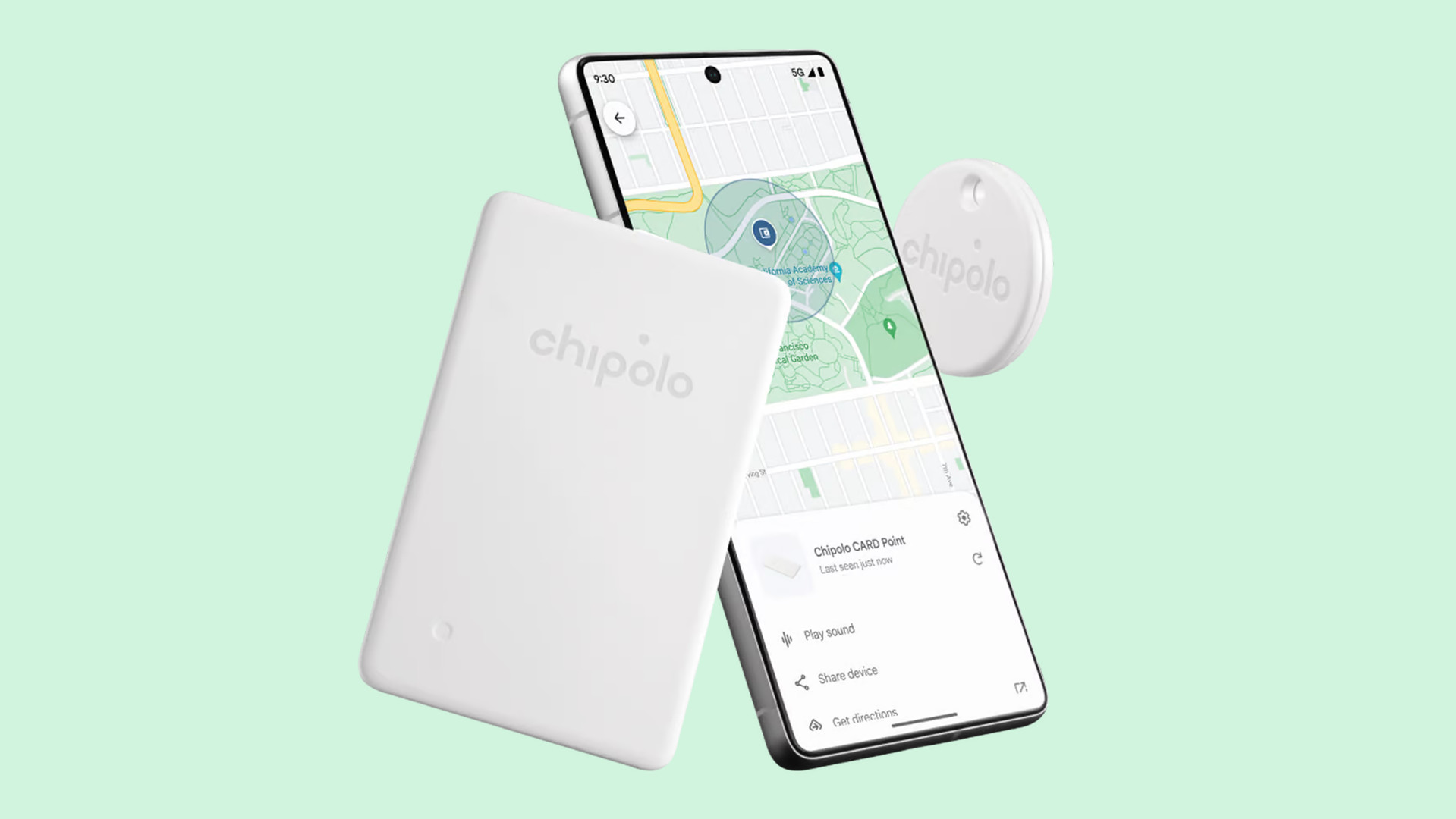
Speaking of Chipolo and Pebblebee, the two brands have announced new products that will take full advantage of the revamped network. Google reps confirmed to us they’ll be “compatible with unknown tracker alerts across Android and iOS”.
On May 27th, we’ll see the introduction of the Chipolo ONE Point item tracker as well as the Chipolo CARD Point wallet finder. You’ll be able to find the location of whatever item they’re attached to via the Find My Device app. The pair will also sport speakers on them to ring out a loud noise letting you where they are. What’s more, Chipolo’s products have a long battery life: Chipolo says the CARD finder lasts as long as two years on a single charge.
Pebblebee is achieving something similar with their Tag, Card, and Clip trackers. They’re small and lightweight and attachable to larger items, Plus, the trio all have a loud buzzer for easy locating. These three are available for pre-order right now although no shipping date was given.
6. It’ll work nicely with your Nest products
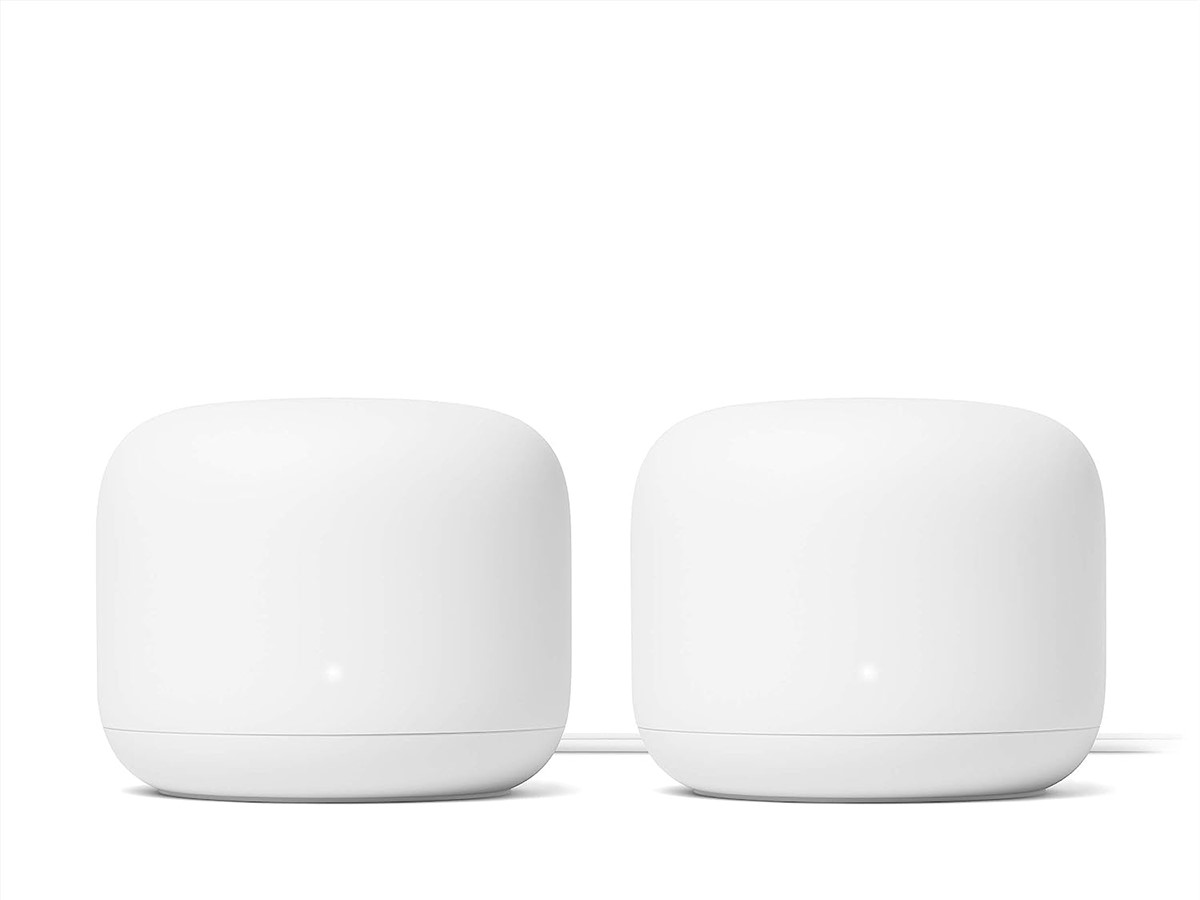
For smart home users, you’ll be able to connect the Find My Device app to a Google Nest device to find lost items. An on-screen animation will show a sequence of images displaying all of the Nest hardware in your home as the network attempts to find said missing item. Be aware the tech won’t give you an exact location.
A short video on the official announcement shows there'll be a message stating where it was last seen, at what time, and if there was another smart home device next to it. Next to the text will be a refresh option in case the lost item doesn’t show up.
Below the message will be a set of tools to help you locate it. You can either play a sound from the tracker’s speakers, share the device, or mark it as lost.
7. Headphones are invited to the tracking party too
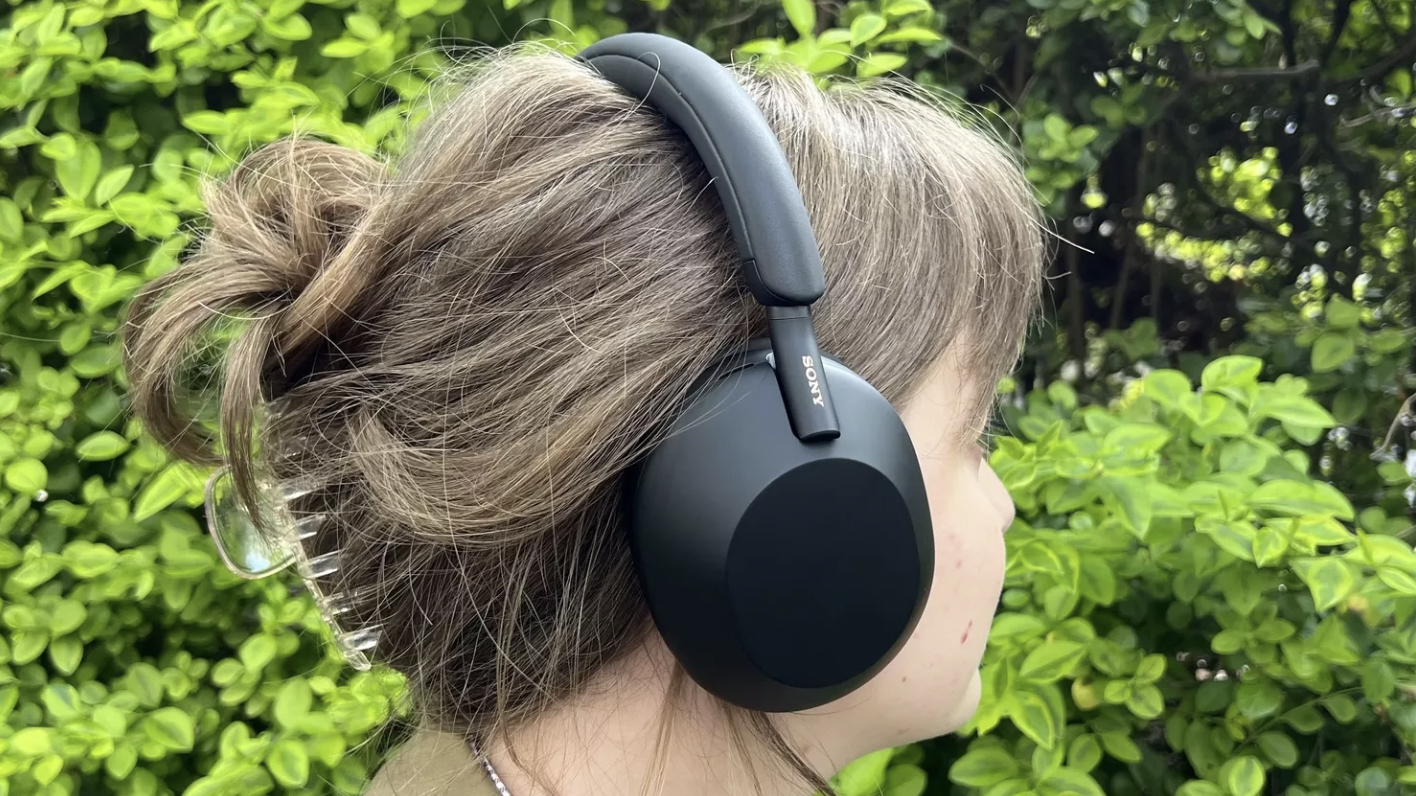
Believe it or not, some insidious individuals have used earbuds and headphones to stalk people. To help combat this, Google has equipped Find My Device with a way to detect a select number of earbuds. The list of supporting hardware is not large as it’ll only be able to locate three specific models. They are the JBL Tour Pro 2, the JBL Tour One M2, and the high-end Sony WH-1000XM5. Apple AirPods are not on the list, although support for these could come out at a later time.
Quite the extensive list as you can see but it's all important information to know. Everything will work together to keep you safe.
Be sure to check out TechRadar's list of the best Android phones for 2024.
Update 4-11-2024: A company representative got back to us with new info. They tell us that Android devices do need to have their location services turned on to be discoverable by Find My Device. They will be expanding the headphones list. And the iPhone's future anti-stalking tool will disable all maliciously placed tags, "not just non-iOS trackers."
Also, Tile gave a statement saying that they currently don't have plans to introduce a new tracker model compatible with Google's new network.
You might also like

Cesar Cadenas has been writing about the tech industry for several years now specializing in consumer electronics, entertainment devices, Windows, and the gaming industry. But he’s also passionate about smartphones, GPUs, and cybersecurity.